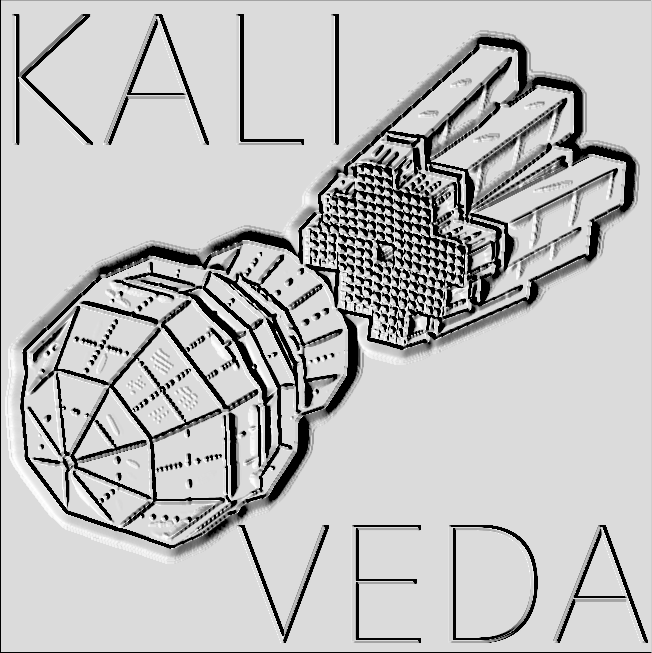18 #include "KVIDINDRACsI.h"
20 #include "KVIdentificationResult.h"
23 #include <KVINDRADetector.h>
24 #include <KVReconstructedNucleus.h>
141 if (!IDR->
IDOK)
return;
181 x =
clamp((
x - edge0) / (edge1 - edge0), 0.0, 1.0);
183 return x *
x *
x * (
x * (
x * 6 - 15) + 10);
R__EXTERN TRandom * gRandom
char * Form(const char *fmt,...)
virtual const Char_t * GetType() const
virtual void Identify(Double_t, Double_t, KVIdentificationResult *) const =0
const Char_t * GetName() const override
virtual Bool_t IsIdentifiable(Double_t, Double_t, TString *rejected_by=nullptr) const
Bool_t Identify(KVIdentificationResult *, Double_t x=-1., Double_t y=-1.) override
float clamp(float x, float lowerlimit, float upperlimit)
Int_t fThresMin[2][4]
min ID thresholds (smooth step)
Int_t fThresMax[2][4]
max ID thresholds (smooth step)
void SetIdentificationStatus(KVIdentificationResult *IDR, const KVNucleus *) override
KVIDGraph * CsIGrid
telescope's grid
float smootherstep(float edge0, float edge1, float x)
Scale, and clamp x to 0..1 range.
KVDetector * GetDetector(UInt_t n) const
bool GetIDGridCoords(Double_t &X, Double_t &Y, KVIDGraph *grid, Double_t x=-1, Double_t y=-1)
virtual UShort_t GetIDCode()
virtual void SetIdentificationStatus(KVIdentificationResult *IDR, const KVNucleus *)
Full result of one attempted particle identification.
Bool_t IDattempted
=kTRUE if identification was attempted
Bool_t IDOK
general quality of identification, =kTRUE if acceptable identification made
void SetGridName(const Char_t *n)
void SetComment(const Char_t *c)
TString Rejecting_Cut
name of cut in grid which rejected particle for identification
Bool_t Aident
= kTRUE if A of particle established
Int_t A
A of particle found (if Aident==kTRUE)
Int_t Z
Z of particle found (if Zident==kTRUE)
Int_t IDquality
specific quality code returned by identification procedure
void Clear(Option_t *opt="") override
Reset to initial values.
Int_t IDcode
a general identification code for this type of identification
void SetIDType(const Char_t *t)
Bool_t Zident
=kTRUE if Z of particle established
Description of properties and kinematics of atomic nuclei.
virtual Double_t Uniform(Double_t x1, Double_t x2)
const char * Data() const
Bool_t Contains(const char *pat, ECaseCompare cmp=kExact) const

